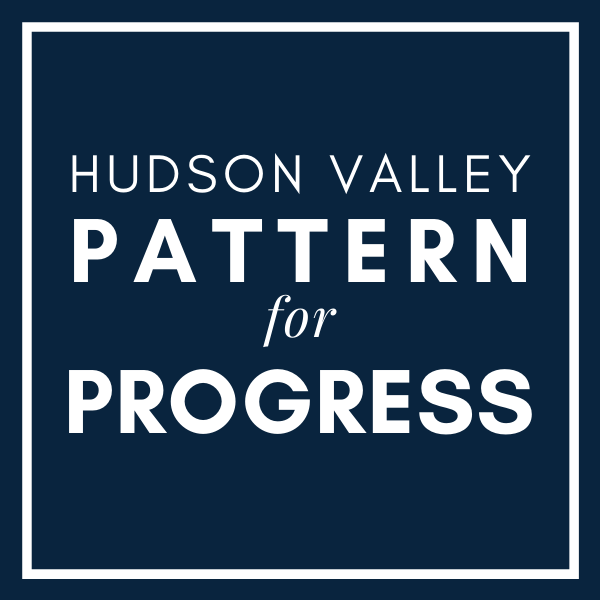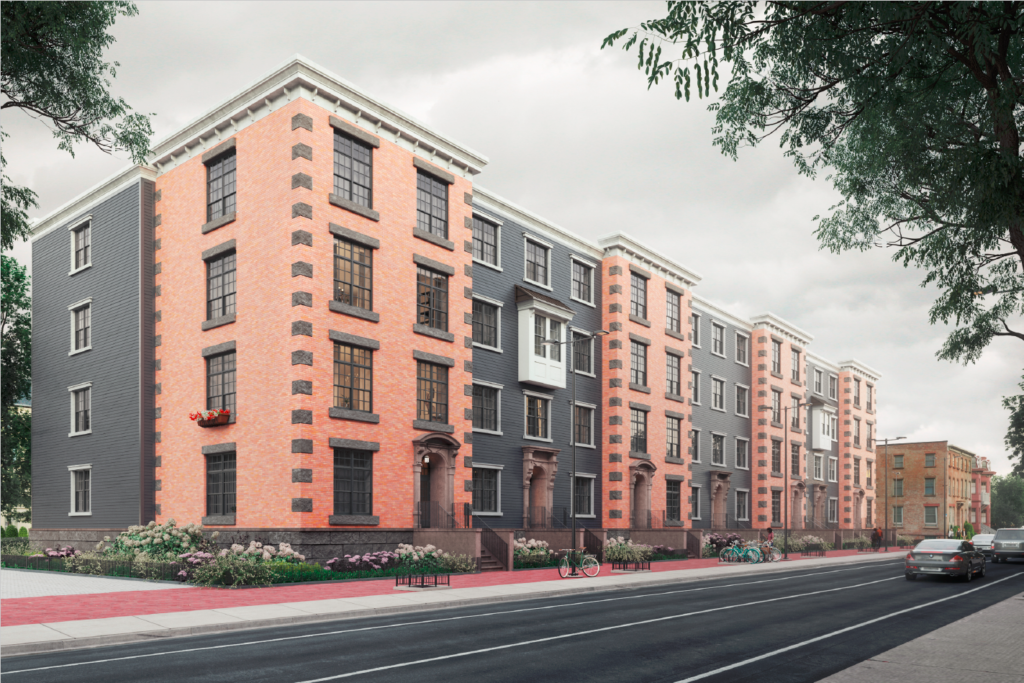NEWBURGH – Housing that is affordable continues to be out of reach for many Hudson Valley residents as rents rise at a faster pace than wages, according to an analysis of data by Hudson Valley Pattern for Progress’ Center for Housing Solutions. The pandemic has only made things worse, the study found.

An examination of the National Low Income Housing Coalition’s annual “Out of Reach” report shows that renters in all nine Hudson Valley counties in Pattern’s footprint would have to work far more than a full-time job in order to afford the cost of a two-bedroom apartment.
In Rockland County, the average hourly wage for renters is $12.14. At that wage, a worker could only afford a monthly rent payment of $631, yet the fair market rent for a two-bedroom apartment in Rockland is $2,053. To close this $1,422 gap, a renter would have to work 130 hours a week to afford the apartment.
“The bottom line is that rents are simply unaffordable for the people we count on every day,” said Joe Czajka, senior vice president of Pattern and the executive director of the Center for Housing Solutions and Community Initiatives.
Many luxury rental housing complexes under construction in the Hudson Valley include studios, and one and two-bedroom apartments that rent from between $1,600 to $2,500 per month, in addition to which there is an insufficient supply of workforce housing, especially in areas close to employment centers.
“The monthly rent gap is enormous, and with increases in health care costs, transportation, food, and other everyday expenses.” There is little room for savings and not much disposable income, which impacts many sectors of the economy, said Czajka.
The Center for Housing Solutions believes it is critical that federal housing programs like the Low-Income Housing Tax Credit, Community Development Block Grant, and the Department of Housing and Urban Development’s HOME program continue to be funded. These federal programs combined with state housing resources and local incentives are vital to developers of affordable housing. The programs are also essential for down payment and closing cost assistance for first time homebuyers, and help for existing homeowners to remain in their homes who may need a new roof, boiler or insulation.








